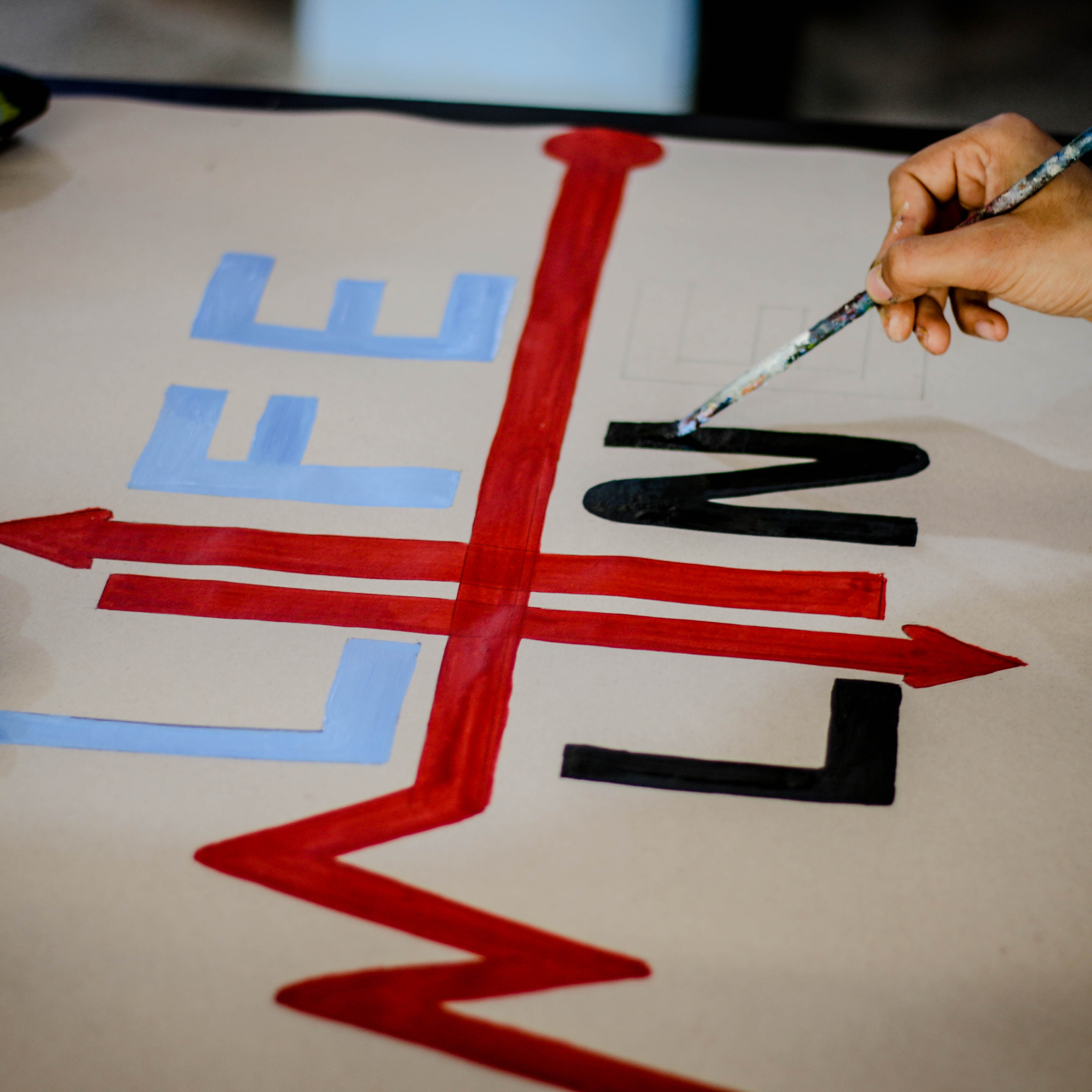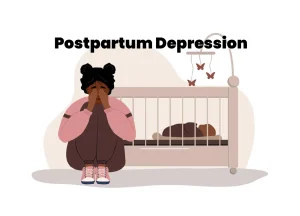Suicide is a complex and painful public health issue, but the conversation around it doesn’t have to be. While professional help is very important, the most immediate and accessible resource we have is each other. Being a lifeline is about more than a single conversation. It is about creating a culture where people feel safe to be vulnerable. By showing up for one another, we create a safe space that catches people before they fall. Our collective effort changes the narrative from one of silent suffering to one of shared responsibility and compassionate action. Your willingness to reach out, to listen, and to connect can be the very light that guides someone. We can change the narrative on suicide from one of isolated despair to one of interconnected support. This is not just a job for doctors or therapists, it’s a call to action for all of us. And you have the power to be a lifeline.
This is not about having all the answers or being a mental health expert. It’s about being present, compassionate, and brave enough to reach out. By understanding the signs, knowing how to approach a difficult conversation, and connecting people with professional resources, you can make a tangible difference in someone’s life.
How to recognize suicide warning signs
The first step in being a lifeline is recognizing that someone might be struggling. While it’s impossible to know what’s happening in someone’s mind, there are often behavioural and verbal cues that can help us predict when someone is in distress. Honestly, these signs can be subtle, so it’s important to pay attention to sudden changes in behaviour.
Look for signs like this
- Verbal cues – A person might talk about feeling hopeless, trapped, or like a burden to others. They may make statements like, “It would be better if I wasn’t here,” or “I just can’t take this anymore.”
- Behavioural changes – People may withdraw from social activities, give away prized possessions, or show a sudden change in mood, either becoming unusually sad or, conversely, strangely calm after a period of depression.
- Physical signs – People might exhibit changes in sleeping or eating habits, or begin to engage in risky behaviours.
If your gut tells you something is wrong, don’t ignore it. It’s better to be wrong and start a conversation than to remain silent and regret it.
How to help a friend with suicidal thoughts
Once you recognize the signs, the next step is to initiate a conversation. This can feel daunting, but it doesn’t have to be. The key is to approach the person with genuine concern and without judgment. Find a private, comfortable place to talk, and start with a direct, caring question. You might say words like
- I’ve noticed you seem to be going through a tough time lately. How are you really doing?
- I’m worried about you. Are you having thoughts of harming yourself?
Using the word suicide directly would not plant the idea in their head. In fact, it shows you’re taking their pain seriously. This directness can be a huge relief, because it provides an opportunity to be honest about their struggles.
During the conversation, your role is to listen more than you talk. Active listening is a powerful tool. Let them share their feelings without interrupting or offering platitudes like everything will be okay. Validate their pain by saying things like, That sounds incredibly difficult, or I’m so sorry you’re going through this. This validation can break down feelings of loneliness and show them they are not alone.
How to connect to professional help
Remember, your job isn’t to fix the problems. You role is to hold space for their experience and guide them toward people who can provide long-term, professional support. We have a personal story from The Micheal Ejoor as he shares his story and experience in seeking help. Click the link below to draw inspiration from him today, and remember you can change the narrative by starting with the people around you.
Link – My story in my words
While your support is invaluable, you don’t have to be the sole solution. Your main goal is to help them connect with professional resources. Have a plan in mind before you start the conversation. If anyone is in immediate danger, call the emergency number on 112 or take them to the nearest emergency room.
For non-emergency situations, you can help them find help by
- Calling the Lagos Helpline at 020-1410-6463 or 070-0000-6463 or sending a WhatsApp message to 090-9000-6463
- Helping them search for a local mental health professional or therapist.
- Encouraging them to talk to a trusted friend, family member, or school counsellor.



